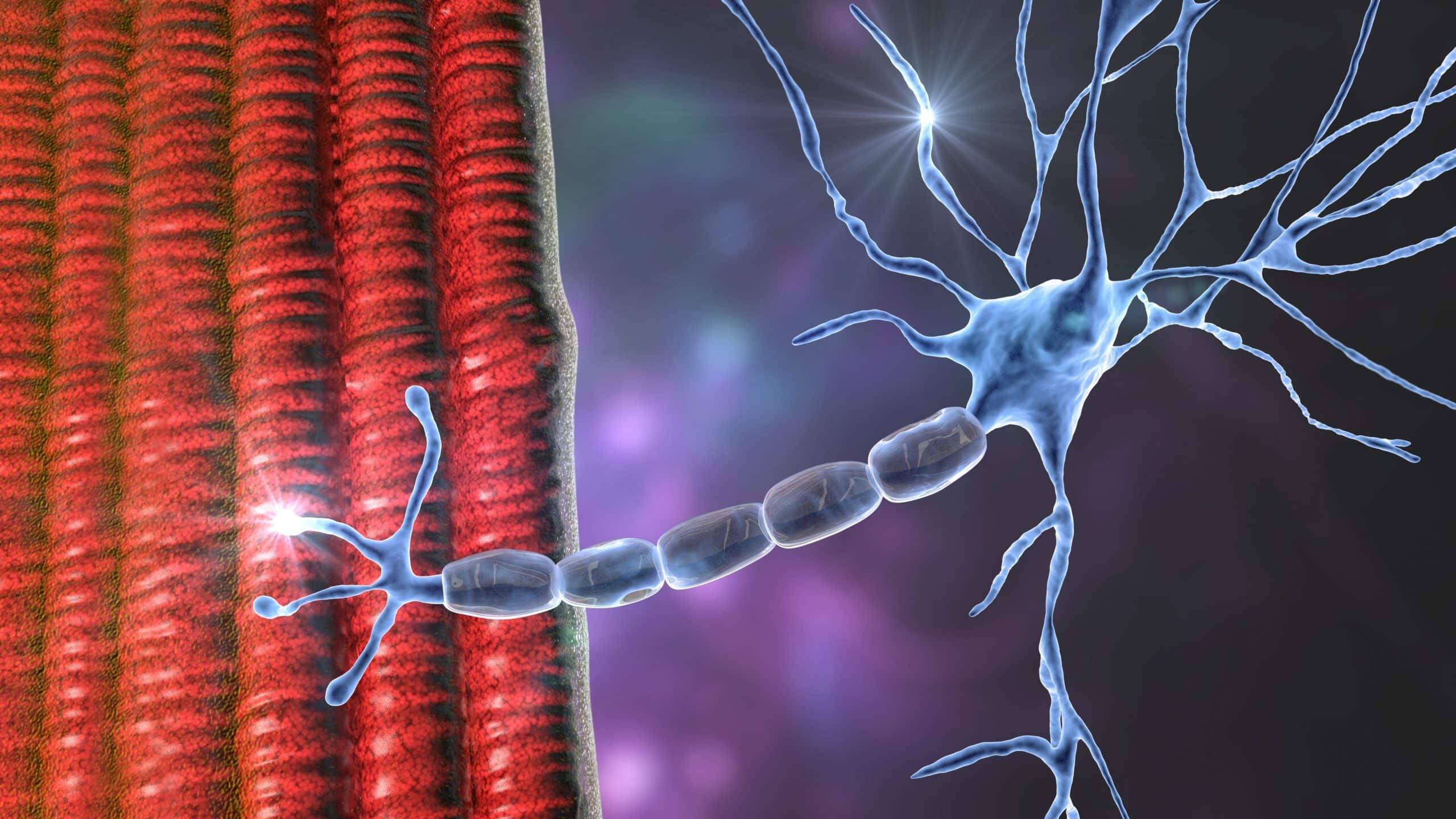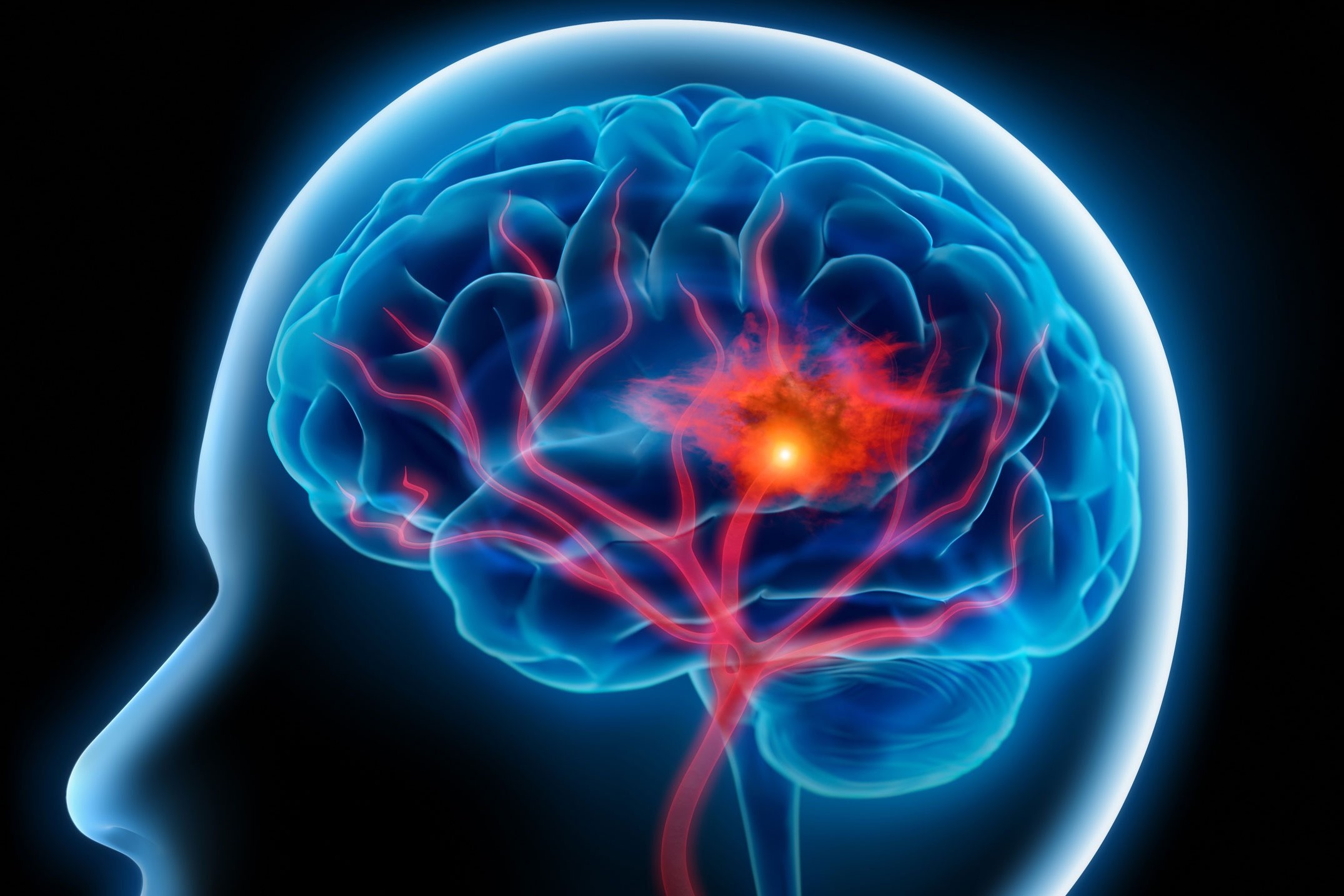
Bulbospinal Amyotrophy, also known as Kennedy's Disease, is a rare genetic disorder that affects the muscles and nerves. What causes Bulbospinal Amyotrophy? This condition is caused by a mutation in the androgen receptor (AR) gene located on the X chromosome. This mutation leads to the progressive degeneration of motor neurons in the spinal cord and brainstem, resulting in muscle weakness and atrophy. Symptoms often begin in adulthood, typically between the ages of 30 and 50, and can include difficulty swallowing, muscle cramps, and tremors. Understanding the genetic basis of this disease is crucial for developing potential treatments and providing support for those affected.
Key Takeaways:
- Bulbospinal Amyotrophy, or Kennedy's Disease, is a rare genetic disorder causing muscle weakness and atrophy. It mainly affects males and can lead to symptoms like muscle twitching and difficulty swallowing.
- Early diagnosis and a supportive environment are crucial for managing Bulbospinal Amyotrophy. Treatment options include physical therapy, medication, and lifestyle adjustments to improve quality of life.
What is Bulbospinal Amyotrophy?
Bulbospinal Amyotrophy, also known as Kennedy's Disease, is a rare genetic disorder that affects the motor neurons. These neurons are responsible for muscle movement. Understanding this condition can help in managing symptoms and improving quality of life.
- Bulbospinal Amyotrophy is a genetic disorder caused by a mutation in the androgen receptor gene on the X chromosome.
- It primarily affects males due to its X-linked recessive inheritance pattern.
- Symptoms usually appear between the ages of 30 and 50.
- The disease leads to progressive muscle weakness and atrophy, particularly in the arms and legs.
- Fasciculations, or muscle twitching, are common in individuals with this condition.
- Dysphagia, or difficulty swallowing, can occur as the disease progresses.
- Gynecomastia, or breast enlargement in males, is another symptom due to hormonal imbalances.
- The condition can also cause testicular atrophy and reduced fertility.
- Speech difficulties may arise due to muscle weakness in the face and throat.
- Cramps and muscle pain are frequent complaints among patients.
Diagnosis and Genetic Testing
Diagnosing Bulbospinal Amyotrophy involves a combination of clinical evaluation and genetic testing. Early diagnosis can help in managing symptoms more effectively.
- Genetic testing can confirm the presence of the androgen receptor gene mutation.
- Electromyography (EMG) is used to assess the electrical activity of muscles.
- Nerve conduction studies help evaluate the function of motor neurons.
- Muscle biopsy may be performed to rule out other neuromuscular disorders.
- Blood tests can detect elevated levels of creatine kinase, an enzyme released by damaged muscles.
Treatment and Management
While there is no cure for Bulbospinal Amyotrophy, various treatments can help manage symptoms and improve quality of life.
- Physical therapy is essential for maintaining muscle strength and mobility.
- Occupational therapy can assist with daily activities and adaptive techniques.
- Speech therapy may be necessary for those with swallowing or speech difficulties.
- Medications such as pain relievers and muscle relaxants can alleviate symptoms.
- Hormone therapy might be considered to address gynecomastia and other hormonal issues.
Living with Bulbospinal Amyotrophy
Living with this condition requires a supportive environment and lifestyle adjustments. Awareness and education are key to managing daily challenges.
- Regular exercise tailored to individual capabilities can help maintain muscle function.
- Nutritional support is crucial, especially for those with swallowing difficulties.
- Support groups provide emotional support and practical advice for patients and families.
- Assistive devices like wheelchairs and braces can enhance mobility and independence.
- Regular medical check-ups are important to monitor the progression of the disease and adjust treatments as needed.
Final Thoughts on Bulbospinal Amyotrophy
Bulbospinal Amyotrophy, also known as Kennedy's Disease, is a rare genetic disorder that affects motor neurons. Understanding its symptoms, causes, and treatments can help those affected manage their condition better. Early diagnosis plays a crucial role in improving quality of life. Genetic testing can confirm the presence of the disease, allowing for timely intervention. While there is no cure, treatments like physical therapy, medications, and lifestyle changes can alleviate symptoms. Support groups and counseling can provide emotional support and valuable resources. Staying informed and proactive can make a significant difference. Remember, knowledge is power. By spreading awareness, we can foster a supportive community for those living with Bulbospinal Amyotrophy. Let's continue to educate ourselves and others, ensuring that no one faces this challenge alone.
Frequently Asked Questions
Was this page helpful?
Our commitment to delivering trustworthy and engaging content is at the heart of what we do. Each fact on our site is contributed by real users like you, bringing a wealth of diverse insights and information. To ensure the highest standards of accuracy and reliability, our dedicated editors meticulously review each submission. This process guarantees that the facts we share are not only fascinating but also credible. Trust in our commitment to quality and authenticity as you explore and learn with us.


